Planting Poppies In Containers: How To Care For Potted Poppy Plants

Poppies are beautiful in any garden bed, but poppy flowers in a pot make a stunning display on a porch or balcony. Potted poppy plants are simple to grow and easy to care for. Read on to learn more about container care for poppies.
Planting Poppies in Containers
It is not difficult to grow poppies in containers as long as you plant them in the correct sized pot, use quality soil, and give them adequate light and water. Ask your local nursery to help you choose the variety of poppies you want. You can choose by color, height, and type of bloom – single, double or semi-double.
Any medium-sized container is perfect as long as it has never contained chemicals or other toxic materials. The container needs drainage holes to prevent the plant from standing in waterlogged soil. You can also attach casters to the bottom if you want to be able to easily move your container grown poppies.
These plants like humus-rich, loamy soil. You can create a favorable soil blend for poppy flowers in a pot by amending regular potting soil with some compost. Fill the container to 1 ½ inches (4 cm.) from the top with the humus-rich potting soil.
Sow poppy seeds directly on top of the soil. These seeds need light to germinate so there is no need to cover them with soil. Gently water in the seeds, taking care to avoid washing them to the sides of the container. Keep soil moist until germination occurs. Carefully thin seedlings once the plants reach 5 inches (13 cm.) to about 4 to 6 inches (10-15 cm.) apart.
Container grown poppies should be placed where they will receive full sun for six to eight hours a day. Provide afternoon shade if you live in a region that experiences extreme heat.
How to Care for Potted Poppy Plants
Container plants require more frequent watering than those planted in a garden bed due to increased evaporation. Potted poppy plants will not do well in waterlogged soil but they also shouldn't be allowed to dry out. Water potted poppies every other day during the growing season to prevent them from drying out. Allow the top inch (2.5 cm.) or so of soil to dry out before watering again.
Gardening tips, videos, info and more delivered right to your inbox!
Sign up for the Gardening Know How newsletter today and receive a free copy of our e-book "How to Grow Delicious Tomatoes".
If desired, you can fertilize poppies every two weeks during their first growing season with an all-purpose fertilizer or compost tea. After their first year, fertilize at the beginning and end of each growing season.
To enjoy continuous blooms, deadhead them regularly, as pinching off old flowers encourages the plant to produce more.
Follow these guidelines and enjoy container grown poppies for years to come.
-
 Looking For Plants To Give You The Soft And Fuzzies? Try These 5 Fuzzy Leaf Plant Options
Looking For Plants To Give You The Soft And Fuzzies? Try These 5 Fuzzy Leaf Plant OptionsLovers of texture, drama, silver foliage and tactile plants will adore these special sensory garden additions. These fuzzy leaf plant options will leave you all aglow
By Susan Albert
-
 Get Ready For A Summer Of Hummers! Grow These Full Sun Hummingbird Plants and Flowers
Get Ready For A Summer Of Hummers! Grow These Full Sun Hummingbird Plants and FlowersIf you’re lucky enough to enjoy a sunny backyard, make sure you are maxing out on your pollinator opportunities and grow these full sun hummingbird plants and flowers
By Tonya Barnett
-
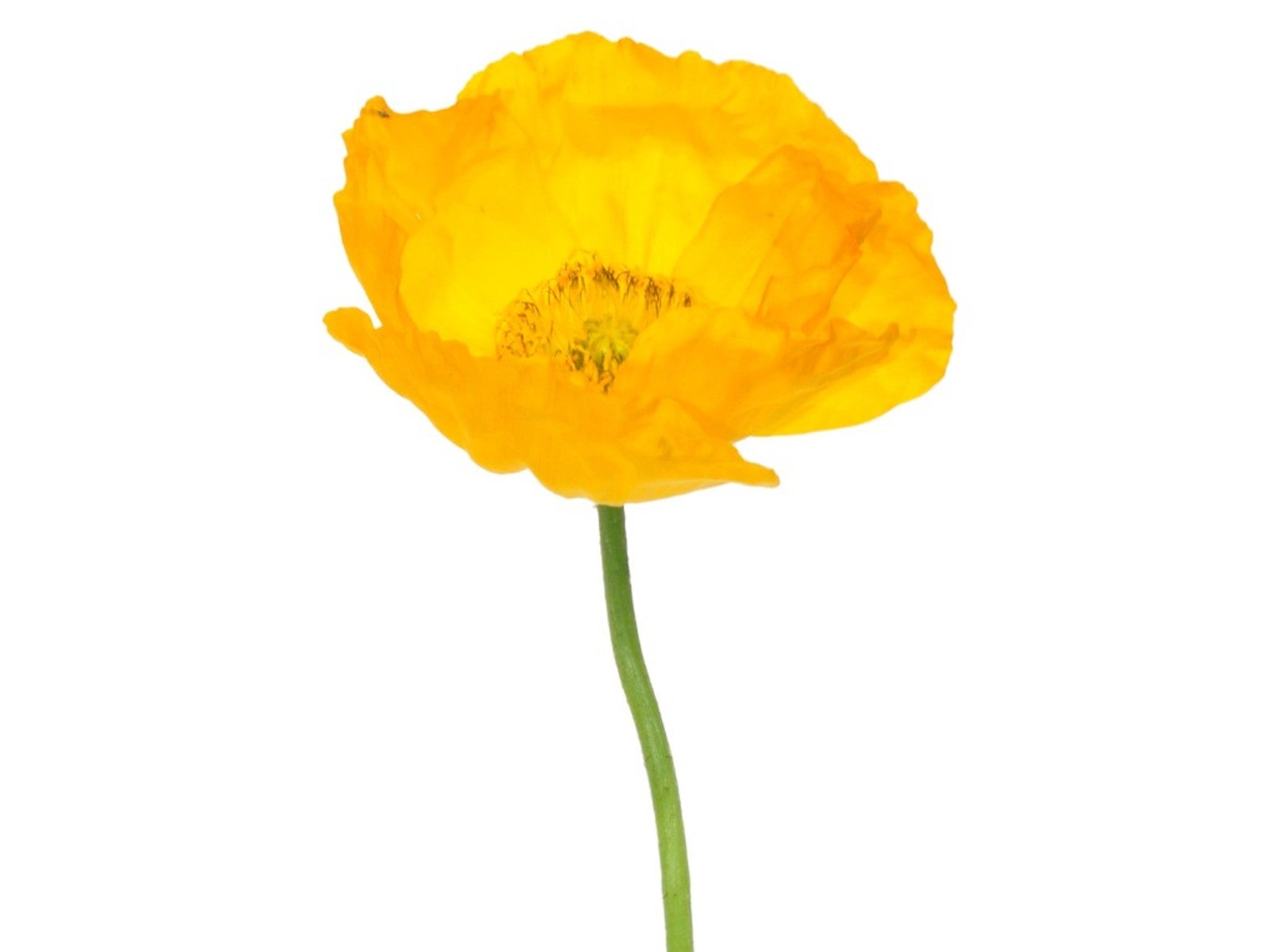 Can You Grow Iceland Poppy Indoors – Caring For Iceland Poppy In A Pot
Can You Grow Iceland Poppy Indoors – Caring For Iceland Poppy In A PotIf you don’t have the room to grow these plants in a flower bed, you can still grow Iceland poppy in a pot.
By Raffaele Di Lallo
-
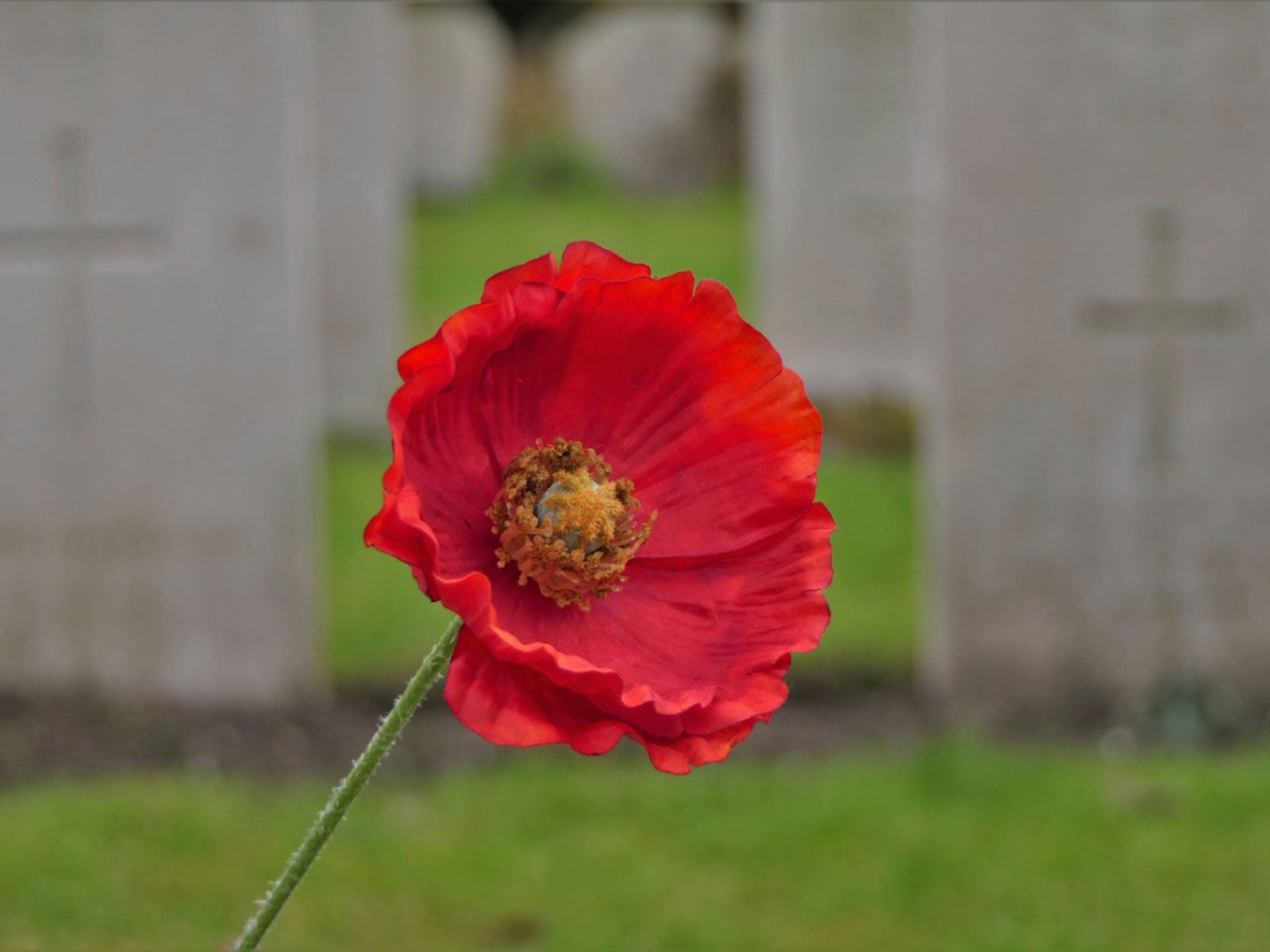 History Of Red Poppies – Why Red Poppy For Remembrance
History Of Red Poppies – Why Red Poppy For RemembranceWhy red poppy for remembrance? How did the tradition of red poppy flowers begin more than a century ago? Click here to find out.
By Mary H. Dyer
-
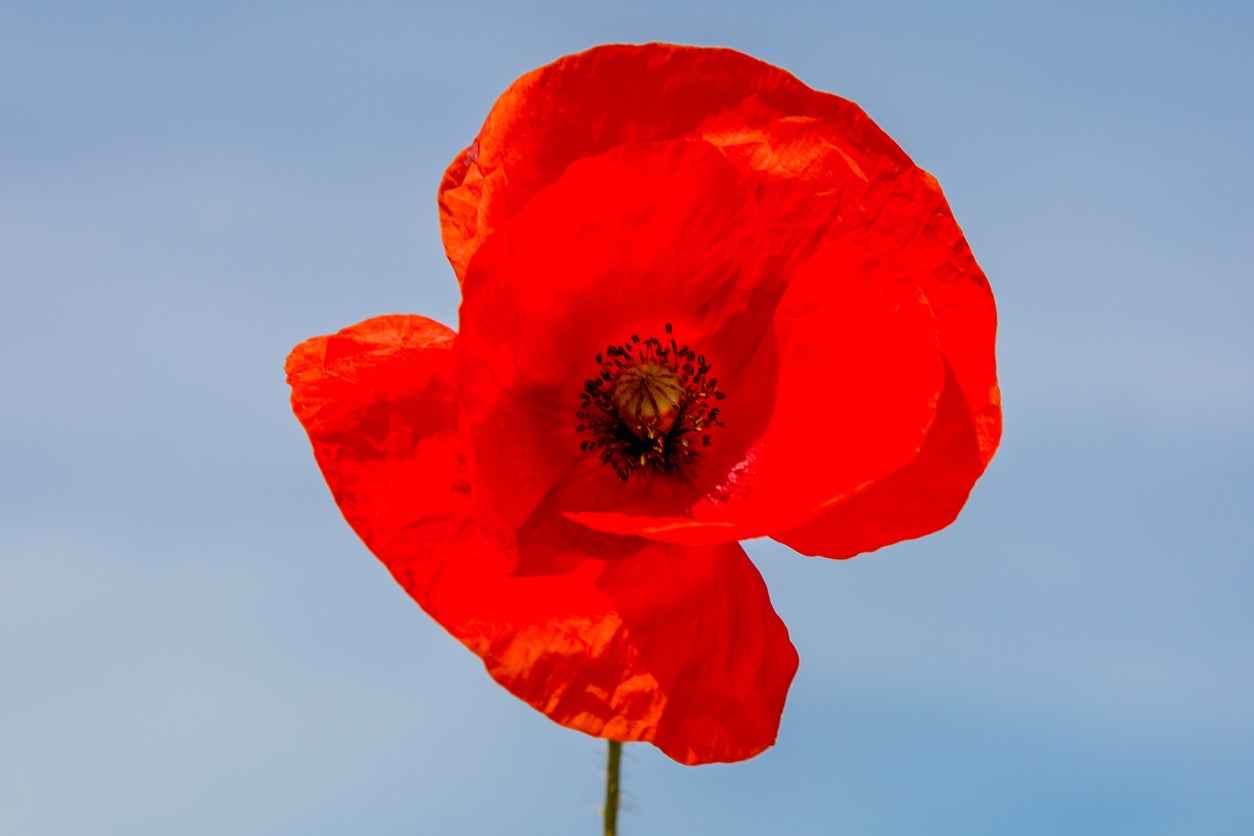 Popular Poppy Varieties: Types Of Poppies For The Garden
Popular Poppy Varieties: Types Of Poppies For The GardenPoppies add a splash of color to the flower bed, they're easy to grow and there are hundreds of poppy varieties to choose from. With so many poppies available, the biggest problem for gardeners is narrowing down the selection! This article can help with that.
By Laura Miller
-
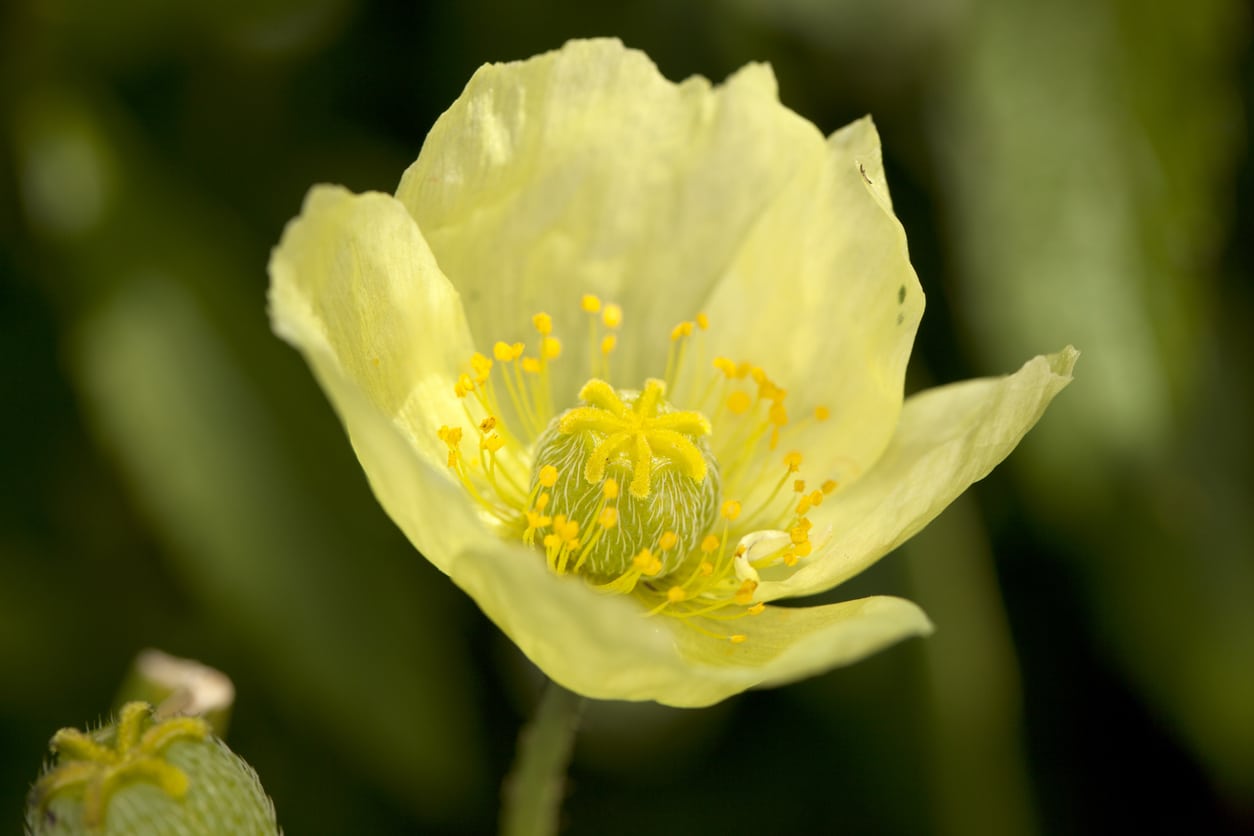 Alpine Poppy Info: Information On Growing Rooted Poppies
Alpine Poppy Info: Information On Growing Rooted PoppiesAlpine poppy is a wildflower found in high elevations with cold winters. Believed to be one of the world’s most north-growing plants, if you’re a chilly climate gardener, you’ll definitely want to learn about growing alpine poppies. Find out how in this article.
By Mary H. Dyer
-
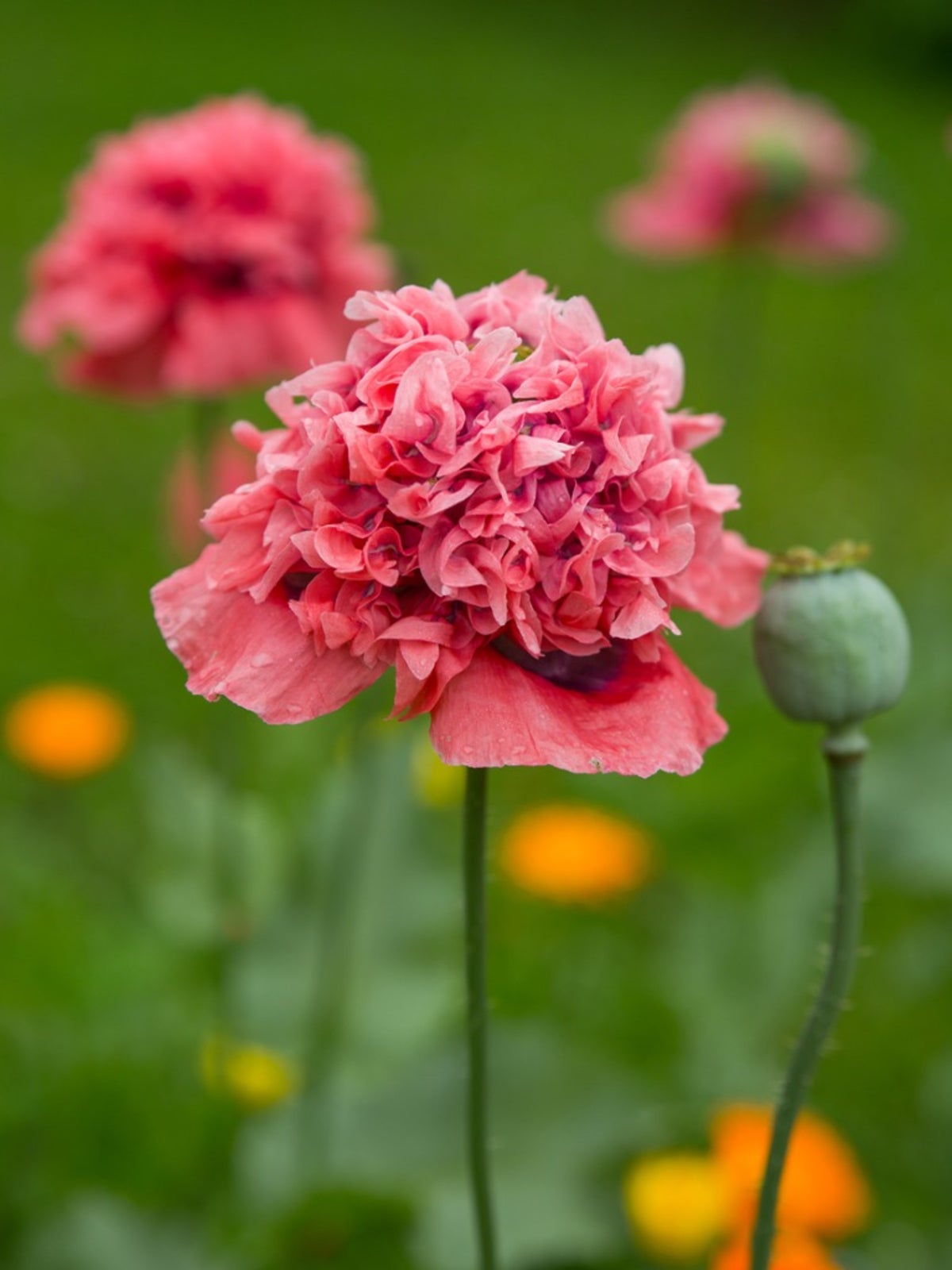 Double Poppy Info: Learn About Growing Double Flowering Poppies
Double Poppy Info: Learn About Growing Double Flowering PoppiesIf you are a fan of peonies and can't get enough or have difficulty growing them, then you may want to consider growing peony poppies, also known as double poppies. Wait, aren't they illegal? Click this article for additional double poppy information.
By Shelley Pierce
-
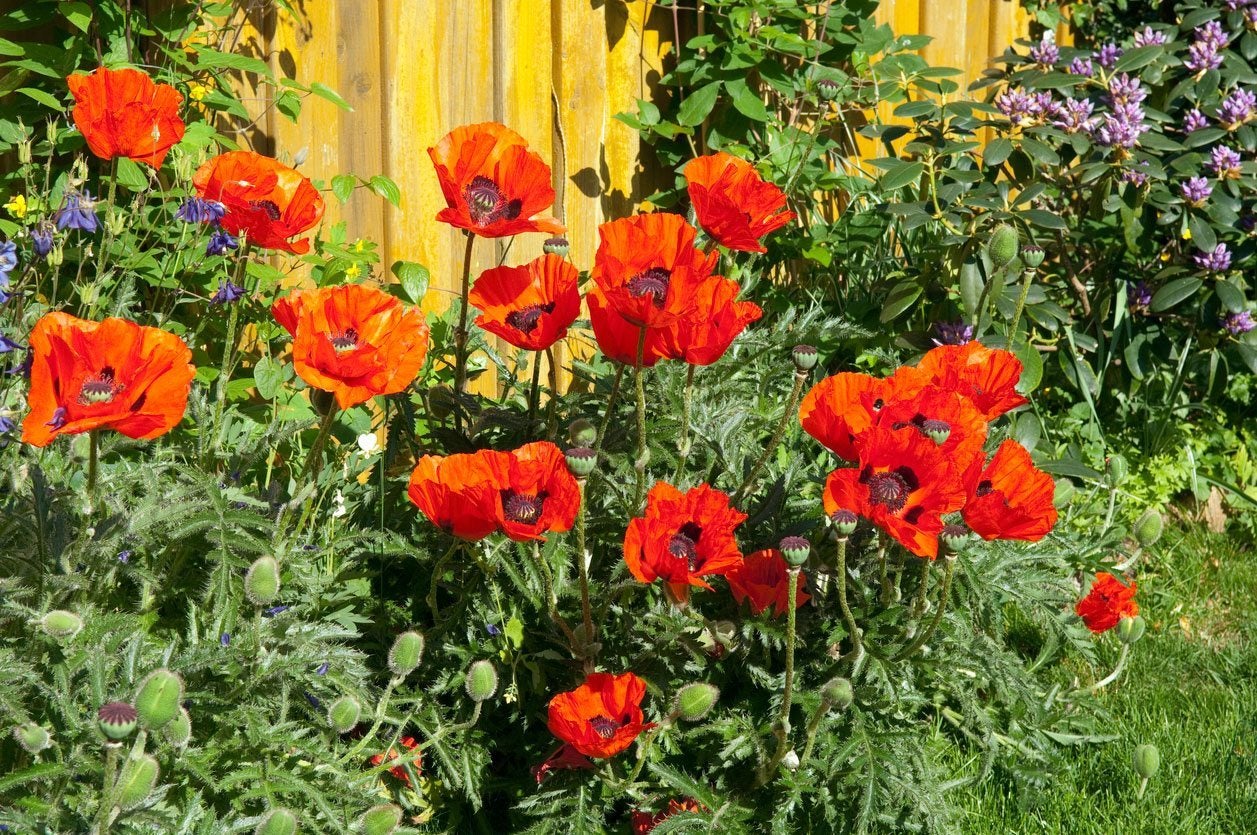 No Oriental Poppy Flowers – Reasons For Oriental Poppies Not Blooming
No Oriental Poppy Flowers – Reasons For Oriental Poppies Not BloomingOriental poppies are among the showiest of perennials, with big, bright blooms that light up a spring garden. But having no flowers on oriental poppies can happen some years, and it?s a real disappointment. Learn why it happens and what to do in this article.
By Mary Ellen Ellis
-
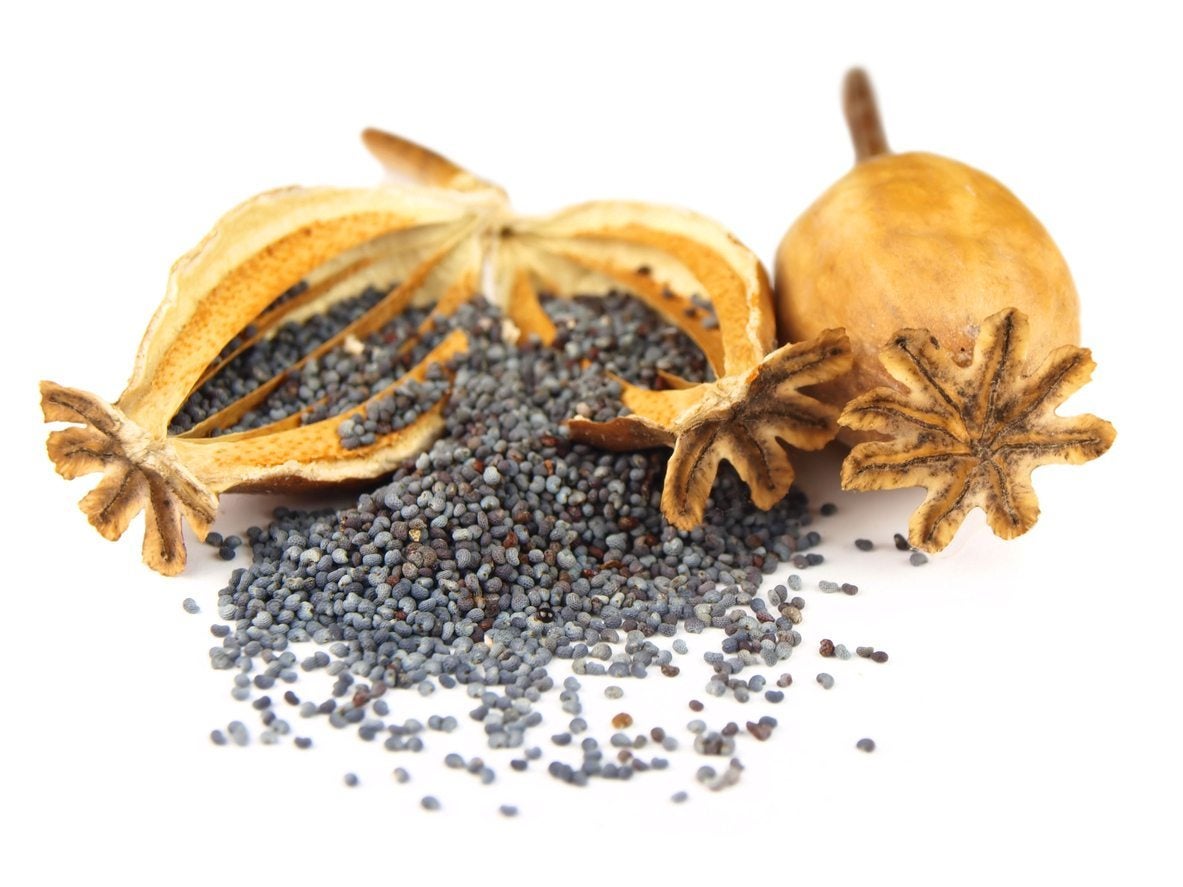 Saving Poppy Seeds : How And When To Harvest Poppy Seeds
Saving Poppy Seeds : How And When To Harvest Poppy SeedsPoppies have a bad reputation as part of the opium trade, but for gardeners, they are simply lovely blooms in brilliant colors. These easy-to-grow plants are also simple to propagate from seed. Learn when to harvest poppy seeds in this article.
By Bonnie L. Grant
-
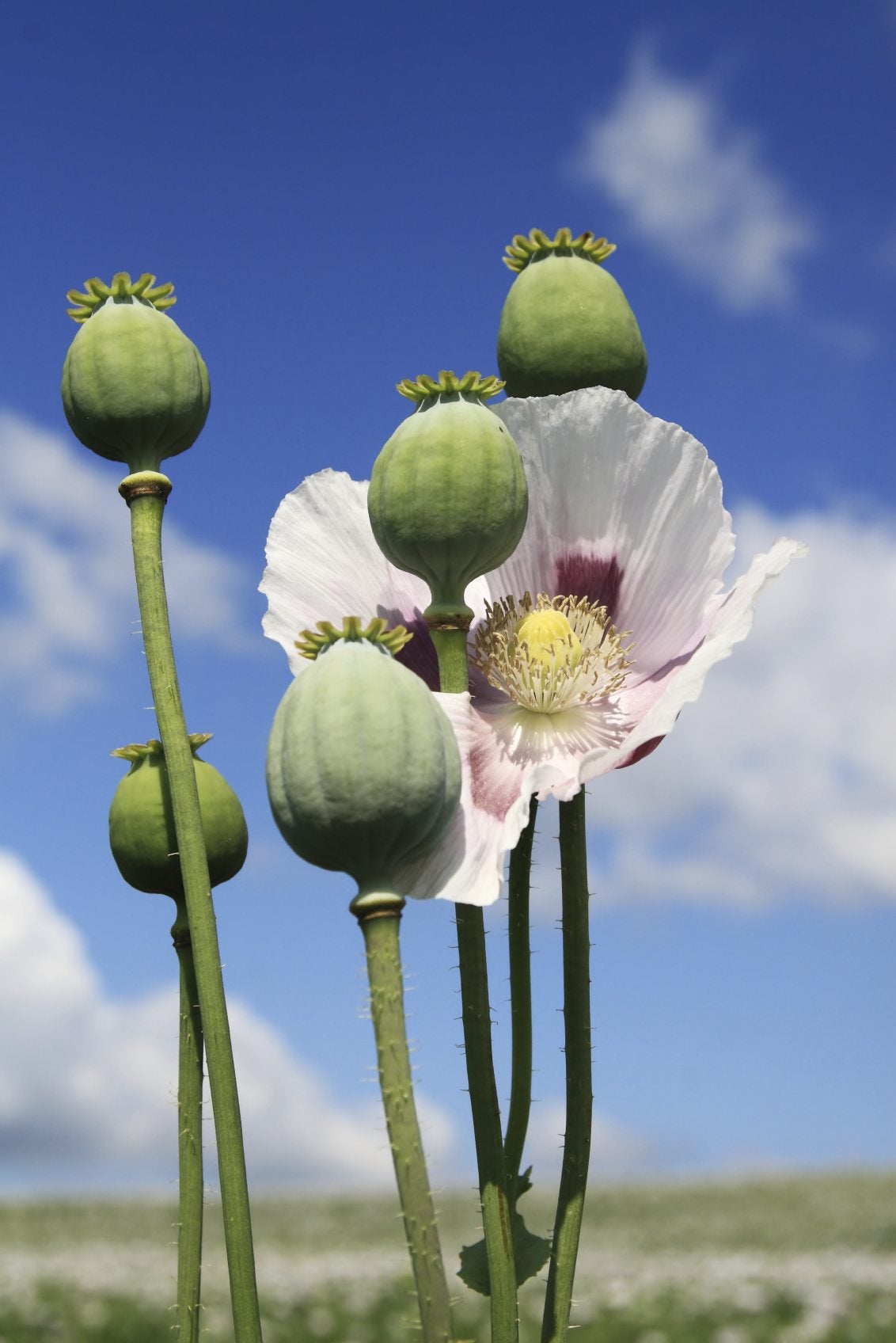 Opium Poppy Laws – Interesting Facts About Opium Poppies
Opium Poppy Laws – Interesting Facts About Opium PoppiesOpium poppies are steeped in culture, commerce, politics and intrigue. Curious about opium poppy laws, plants and flowers? Find out some fascinating opium poppy information in this article and learn why you shouldn't try to grow this flowers.
By Amy Grant